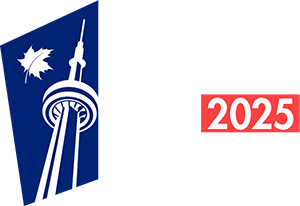How Sales Affect Your Property Assessment
Property assessments for Ontario’s approximately 4.8 million residential properties are determined using mass appraisal. Mass appraisal is a process of valuing a group of properties as of a given date, using common data, standardized methods and statistical testing. To conduct a mass appraisal, MPAC reviews sales and property information of open market transactions within a given market area.
The results of the mass appraisal are applied against the details (e.g., square footage, lot size, age of home, etc.) of your property to determine your current value assessment. Your current value assessment is then used by Ontario’s municipalities to determine revenue requirements and property tax rates.
For more information on the mass appraisal process, please refer to our residential methodology guide.
Sale Price vs. Current Value
It is important not to confuse the meaning of the terms: Sale Price and Current Value. The sale price of a property is the final dollar figure negotiated and agreed on between parties. A property’s current value is an informed opinion of its worth, based on analysis of all sales transactions in a given market area.
Buyers and sellers are motivated for different reasons that may affect how much they are willing to pay for a property, or how much they agree to sell a property for. Prices can also be influenced by:
- The supply and demand for properties in a neighbourhood at the time of listing.
- The negotiating skills of either party.
- The financial circumstances of either party.
- The length of time on the market.
- Individual preferences.
The motivations of buyers and sellers have a direct impact on a property’s sale price. While a property’s sale price is determined by the two parties, a property’s value is set by the results of mass appraisal within its market area.
What is an open market transaction?
MPAC only includes open market transactions within its mass appraisal process. An open market sale is an arm's length transaction between willing and knowledgeable buyers and sellers. Sales not considered to be an open-market transaction are excluded from MPAC’s sales analysis. Examples of non-open market transactions include:
- Sales between related parties such as family members or subsidiary companies.
- Forced sales (e.g., under mortgage foreclosure, family break-up or expropriation).
- Sales from a builder or developer.
- Quit claim sales, clearing of a title.
- Sale was based on non-typical financing.
- Sale was for partial interest in the property.
- Sale included chattels, crops and/or goodwill.
Adjustments to Sale Prices
It is sometimes necessary to make an adjustment to a property’s sale price so that it reflects the amount that would be paid if it was an open market transaction and only reflects the value of the real estate.
Adjustments may be made to sales that are affected by the following scenarios:
1. Price changes over time
Other adjustments to sale prices are also required when the local real estate market is in a state of inflation and/or deflation, in order to ensure all sales reflect the same market conditions as to a common point in time. This common point in time is referred to as the valuation date in Ontario’s Assessment Act.
Part of the mass appraisal process is to track the change in price levels over time and develop time adjustments to ensure all sales reflect market conditions as of the legislated valuation date.
In the case where a sale is registered some months after the price is negotiated - for example, new construction and condominiums - the sale price may not reflect the market conditions at the time of registration.
2. A change to property takes place after the sale
MPAC’s sales analysis uses property data present at the time the sale occurred. If a physical change is made after the sale, then the transaction price no longer represents the state and condition of the property at time of sale. In this instance, the transaction price no longer can be used to represent an estimate of current value for your property.




